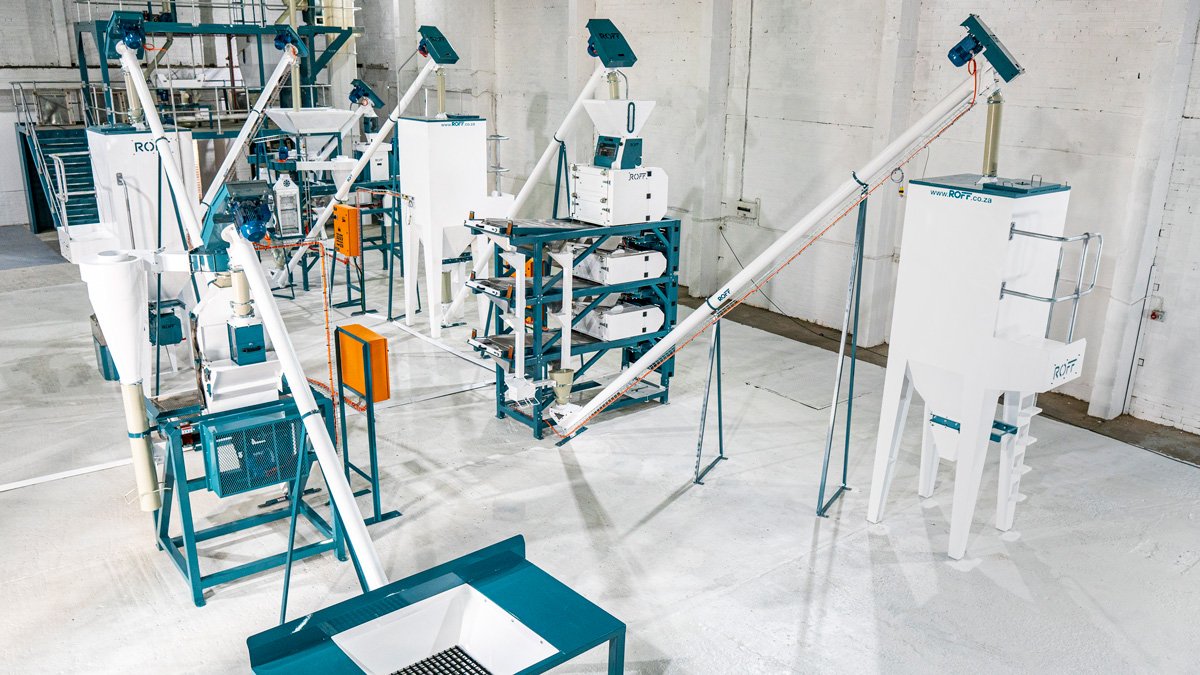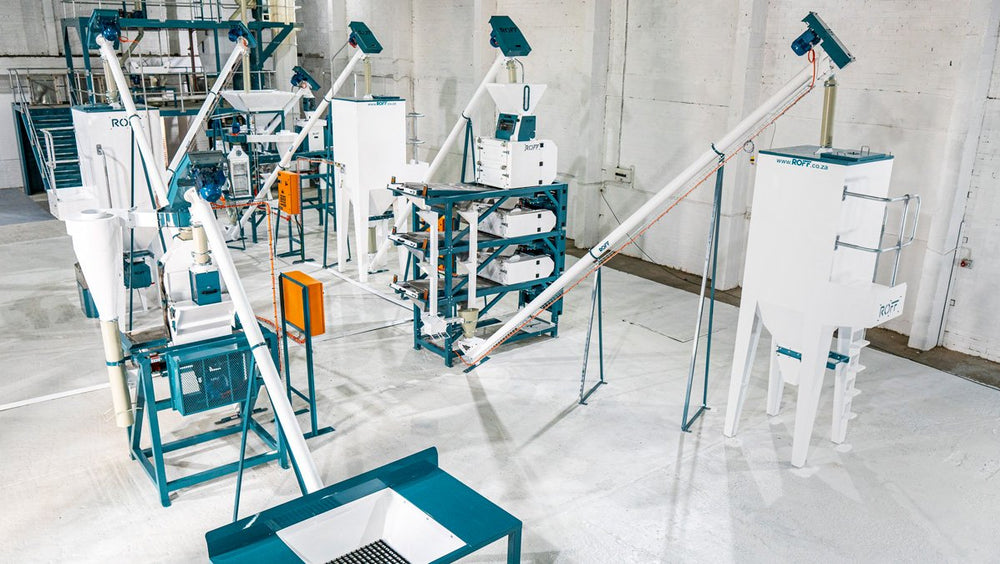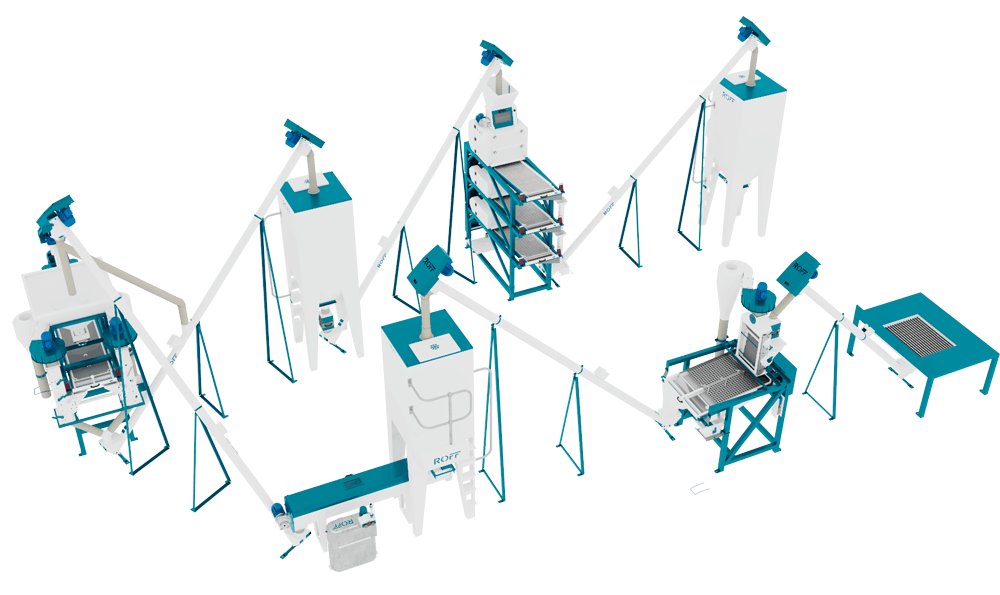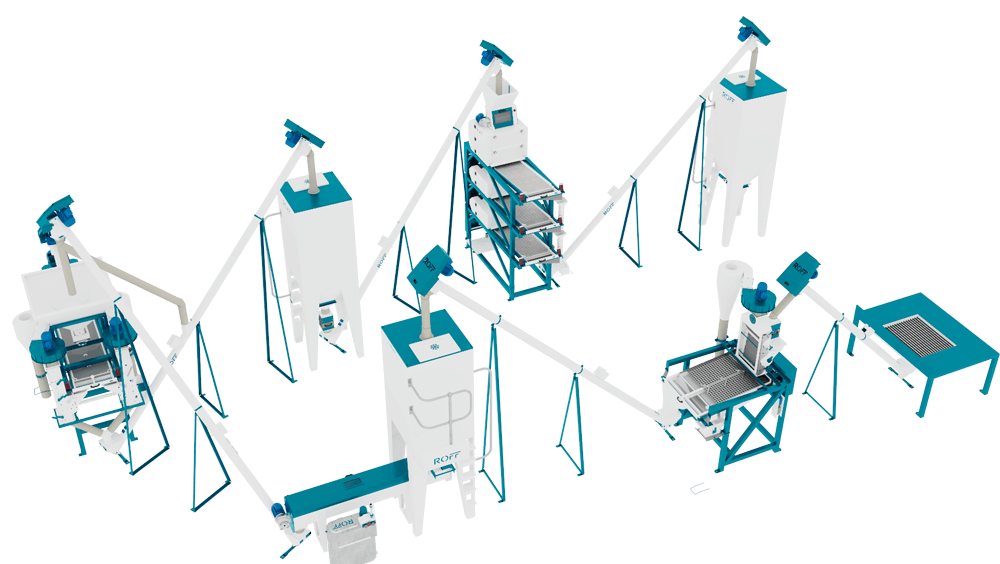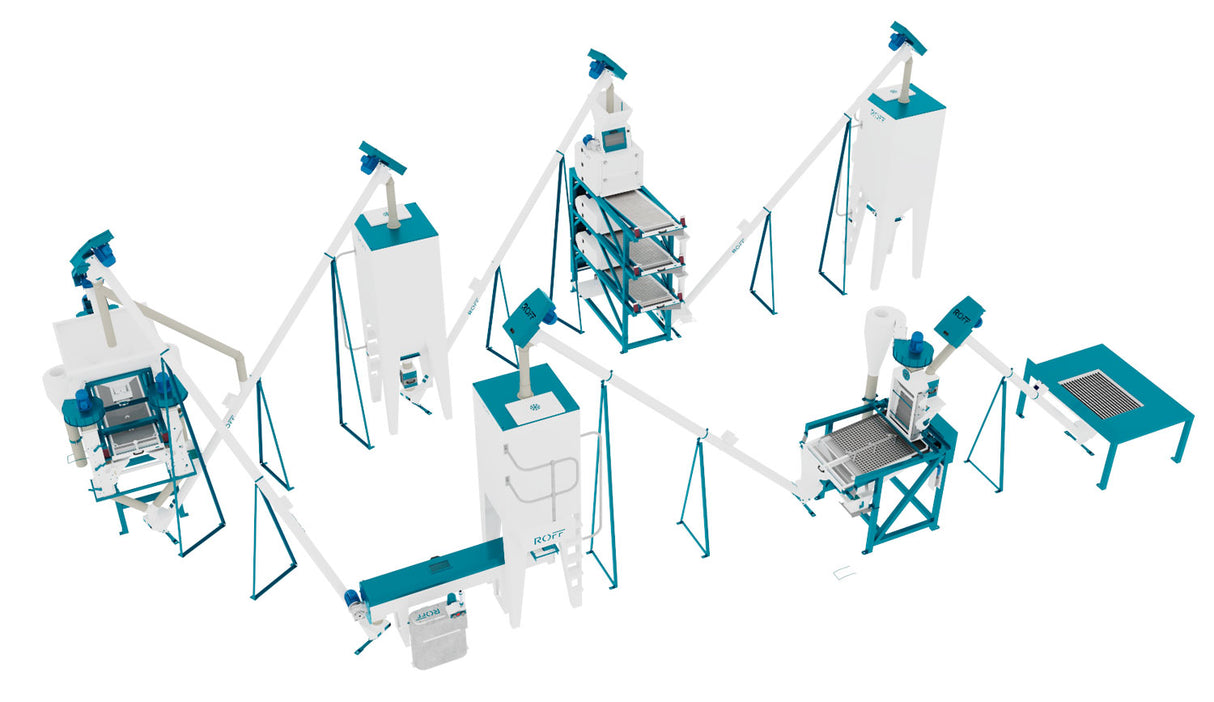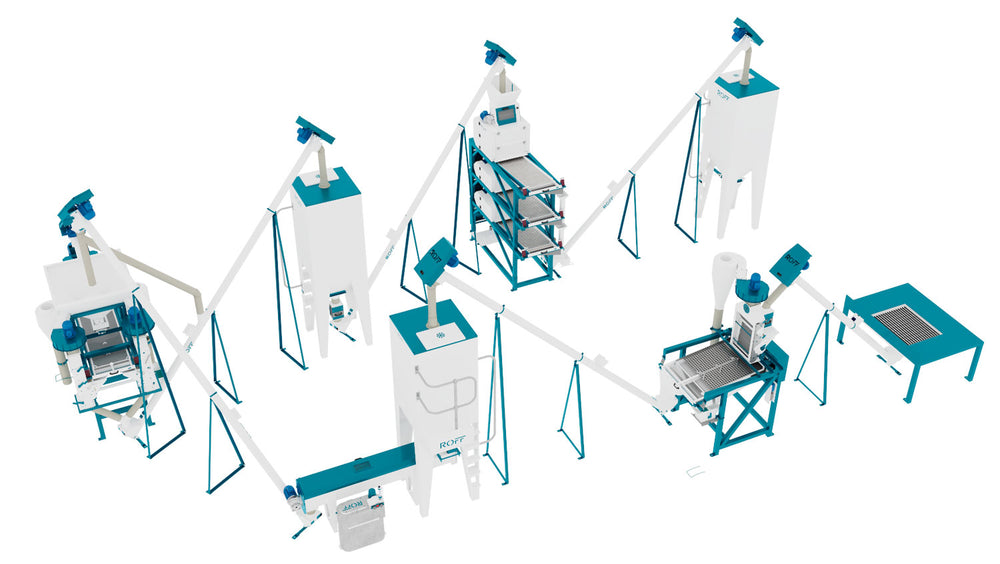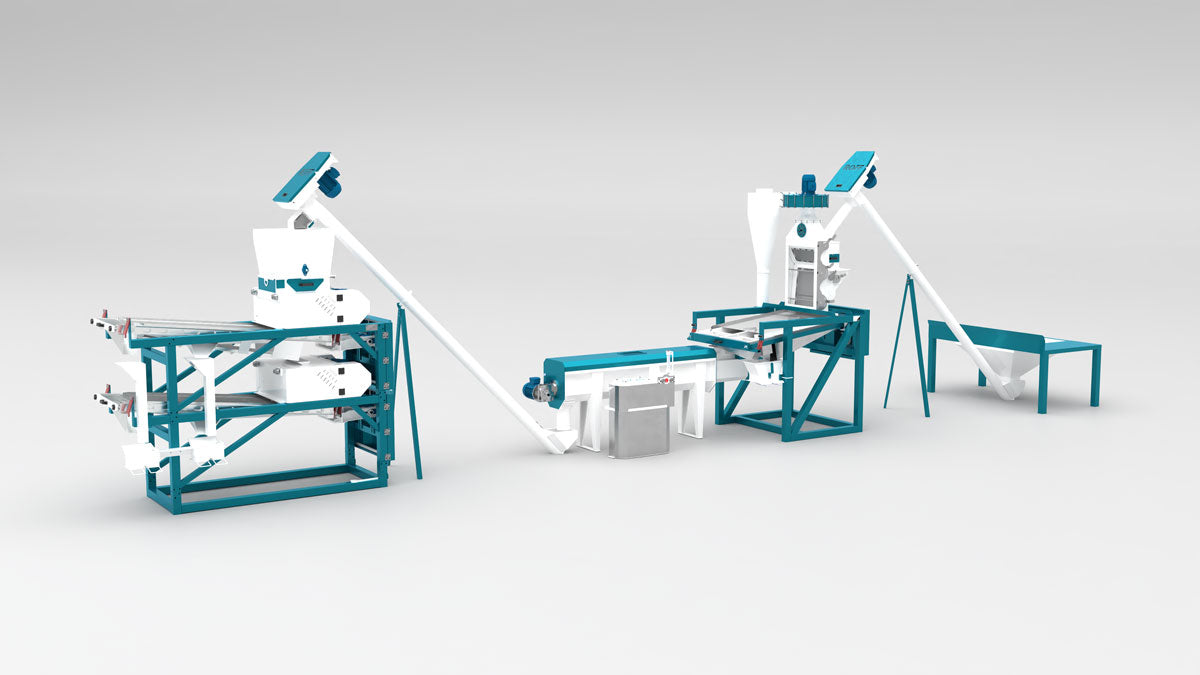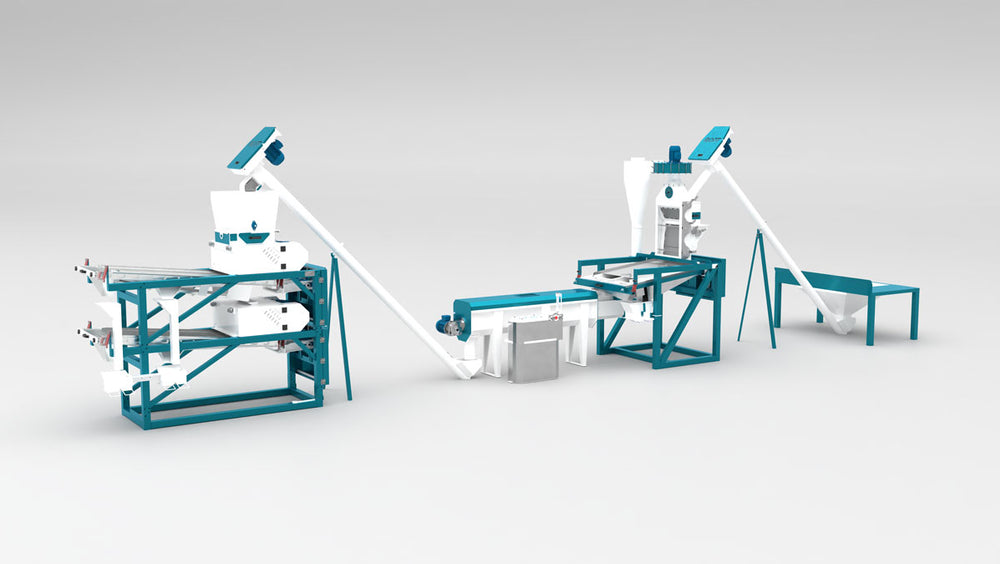Maize is the most widely grown crop in sub-Saharan Africa, and is a staple food for roughly 50% of the population. As such, it’s critical to ensuring food security on the continent.
This blog examines maize production in Kenya, a prominent country in Eastern Africa.
Quick facts
- Average annual production: 3.6 million tons – 82% of the annual cereal production in Kenya
- Imports: 2.64 million tons
- Exports: None. Due to the drought in 2017, an additional 419 548 tons were imported from Uganda during this year
- Kenya has recently lifted the ban on GMO products, in response to the current drought and food security fears
-
Consumption of white maize meal: 62kg per person per year (roughly 5kg per person per month)

In 2017, drought caused a maize shortage in Kenya – which meant 2.7 million Kenyans required food relief. Subsequently, the Kenyan government issued a duty waiver to encourage imports of maize and increase availability.
Maize shortages drove prices up, which led to more Kenyan farmers planting maize in 2018. This, coupled with duty-free imports, created an oversupply of maize in 2018, which resulted in maize prices dropping.
The bulk of Kenya’s maize is imported from its neighbour Uganda, which in 2018, signed an agreement to export 600 000 tons of maize to Kenya annually.
The Kenyan market
The population of Kenya in 2022 is estimated at 56,5 million, of which 27.9% reside in urban centres. The Average Living Wage in Kenya is 22 300 Kenyan Shillings (KES) per month, or $185.33.
Per capita consumption
-
Packaged maize meal: 62kg
- Packaged leavened bread: 4kg
- Packaged rice: 1kg
How maize is enjoyed in Kenya
Maize is the preferred staple for lunch and dinner, eaten as a stiff porridge (ugali), followed by boiled maize and beans (githeri), regardless of socioeconomic background. For breakfast, only half the consumers prefer maize, mostly as a soft porridge (uji). Grade 1 Sifted and Sifted maize meal is available in Kenya.
Maize is eaten more frequently in Kenya than bread or rice, and forms the foundation of many traditional dishes. But, due to rising disposable incomes, many consumers from the middle classes are increasingly substituting maize with rice – as maize is considered a food staple for lower income earners.

Maize production challenges
Maize is the most cost-effective source of calories among the cereal grains, and accounts for 65% of food calories eaten by households in Kenya. To meet this demand, maize is produced on 40% of the total crop area, mainly by smallholders.
But despite the importance of maize, productivity has stagnated and is now about only 1.6 tons/ha, leaving Kenya behind other maize producers on the continent. Ethiopia, for example, is twice as productive, with a productivity of 3.7 tons/ha. Ethiopia achieved this high productivity through interventions such as improved access to extension services, using modern inputs and improved rural infrastructure.
The productivity of Kenyan maize farmers has stagnated because farm sizes have declined to uneconomical sizes. This has mainly been due to population increase and urbanisation, which has led to increased land subdivisions in rural areas. In addition, Kenya’s soil quality is declining while smallholder farmers often plant unsuitable varieties, have low use of complementary inputs, and sub-optimal use of inorganic fertilizers.
Added to this is the effects of unpredictable and unfavourable weather patterns compounded by limited access to water for irrigation, and increased pest and disease prevalence such as the Maize Lethal Necrotic Disease and Fall Army Worm.
The aflatoxin danger
Kenya is one of the world’s hotspots for aflatoxins – a very dangerous toxic compound that’s part of the mycotoxin family which is naturally produced by certain types of moulds (fungi) and can grow on foods such as cereals, dried fruits, nuts and spices.

This mould growth can take place before or after harvest, during storage, on/in the food itself, often under warm, damp and humid conditions. Alarmingly, most mycotoxins are chemically stable and survive food processing.
Key reasons behind the problem include improper drying and storage of crops, a lack of information among farmers and consumers about the problem, and lax enforcement of regulations, according to aflatoxin experts.
It’s estimated that poisonous levels of aflatoxins have killed 157 Kenyans and the overconsumption of maize is also contributing to the country’s growing burden of cancer.
Apart from maize, aflatoxins are also commonly found in peanuts, among other crops and animal products, such as milk, when the livestock eats aflatoxin-contaminated feed.
Read our article on Mycotoxins: The Danger Lurking in our Food?
It’s clear that there are various challenges Kenya must overcome in order to become self-sufficient in maize production. But there’s hope – as the success story of Roff client Evans Killy proves.
Sources:
Maize Meal – A Look at the Ultimate Staple in Sub-Saharan Africa.pdf
https://tradingeconomics.com/kenya/living-wage-individual
https://theconversation.com/understanding-the-political-economy-of-maize-in-kenya-120336
https://www.devex.com/news/kenyans-love-maize-but-aflatoxins-are-making-it-dangerous-96279
https://journals.sagepub.com/doi/abs/10.1177/156482651203300203?journalCode=fnba


